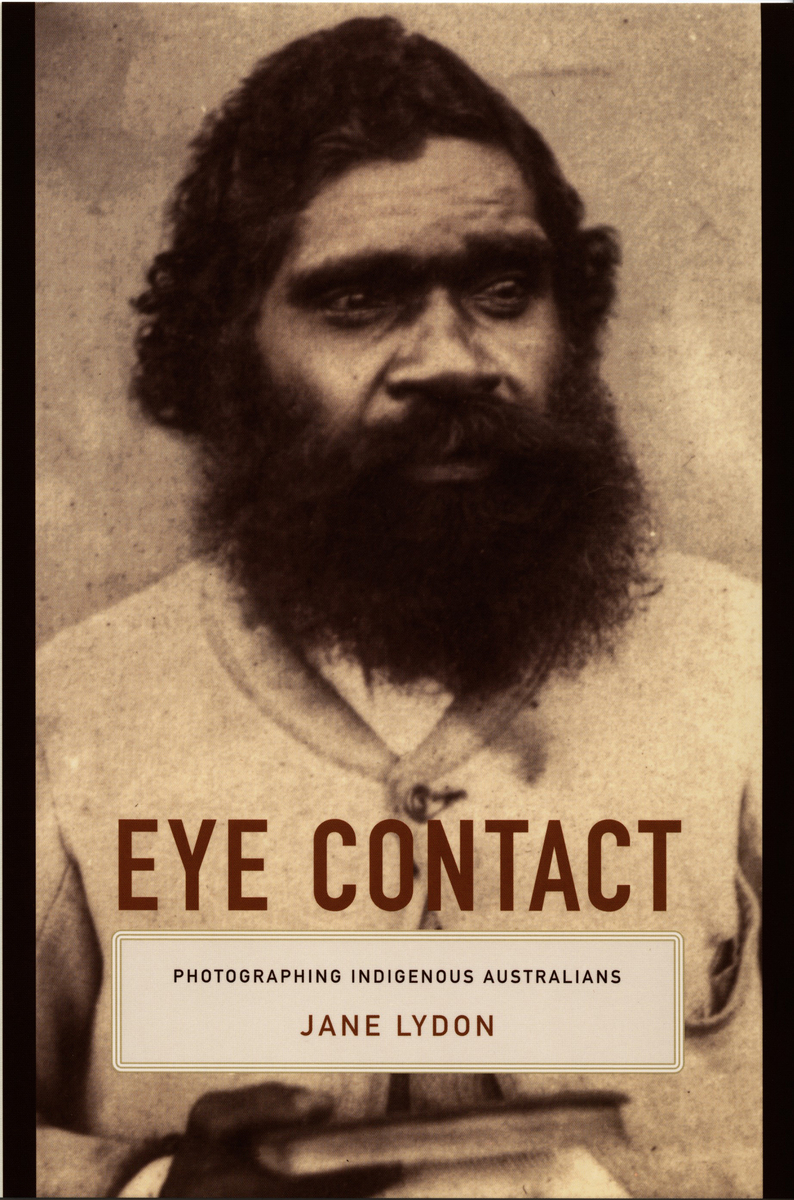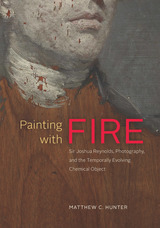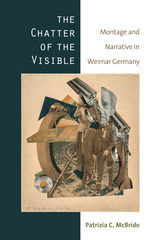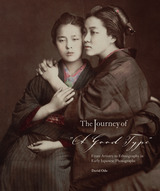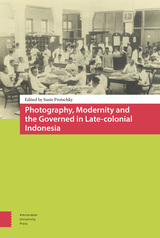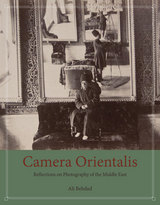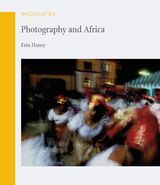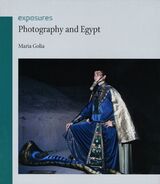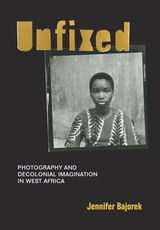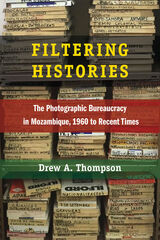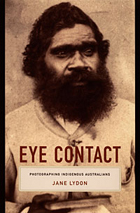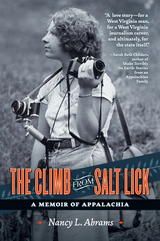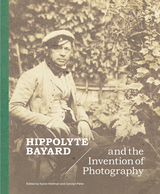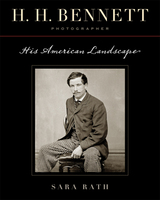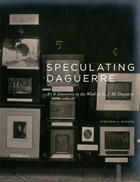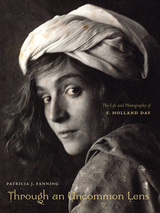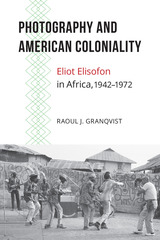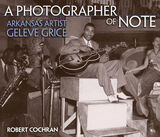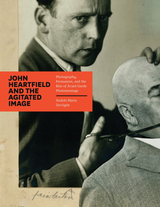“Jane Lydon’s meticulous investigation of the role of photography in the cross-cultural engagement that took place at Coranderrk from the mid-nineteenth century to the early twentieth century unfolds with a narrative drive. The community at Coranderrk comes alive. We care about the residents, how they have been represented in successive periods, and how their descendants now use the photographs to reclaim the past and construct their own narratives.”—Roslyn Poignant, author of Professional Savages: Captive Lives and Western Spectacle
“What makes this study especially rich and important is the way Jane Lydon takes full advantage of photographic theory without imposing it reductively or simplistically. This is particularly impressive because she shows in very nuanced ways that different photographs were produced for different reasons at different times and that these photos embody various ideas about Aboriginality and science.”—David Prochaska, coauthor of Beyond East and West: Seven Transnational Artists
“Eye Contact is . . . a welcome entrant into the interdisciplinary arena of material culture study intersecting with photographic history. It clears a path through a landscape of nostalgia littered with the pictorial histories and genres of illustrated then-and-now documentation. . . . [T]his book brings out this body of photographic work to sit within a soundly researched historical context, and provides useful discussions on the ways in which the photographs meanings were constructed for specific purposes.”
-- Joanna Sassoon History of Photography
“Eye Contact is a fine contribution to visual history, colonial studies, and comparative work on visual culture and photography more broadly.”
-- Corinne A. Kratz American Ethnologist
“[A] rich verbal and visual text. . . . By tying colonial-era photography to the institutions within which it took place and historicizing the shifting contexts of composition, production, and distribution for the images themselves, Lydon’s beautifully produced monograph makes a significant contribution to understanding colonial photographic practice.”
-- Daniel Fisher Anthropology and Humanism
“I found Lydon’s book to be a resounding success: it is an enjoyable read; an important, well-timed contribution to the disciplinary fields of history, photography, and anthropology; and an especially welcome addition to scholarship that examines the power of media practices to produce and re-imagine meaning.”
-- Sabra Thorner Visual Anthropology Review
“This is a well written book, intelligently conceived and well argued. It is theoretically sophisticated while remaining accessible.”
-- Peggy Brock Journal of Colonialism & Colonial History
“With its eye-catching cover, bold title and eighty-eight illustrations, Jane Lydon’s Eye Contact is an impressive scholarly work detailing the role that visual imagery, but particularly photography, played in developments at the Aboriginal mission at Coranderrer in Victoria from its beginnings in the 1870s to its closure in the early 1900s.”
-- Anne Maxwell Australian Historical Studies
"Insightful. . . . The importance of Eye Contact goes beyond the recovery of aspects of untold Australian history, in that any consideration of the function of representation of Aboriginal people is a meditation on the nature of culture in Australia."
-- John Mateer Melbourne Age
"The Coranderrk photographs perform seemingly contradictory roles; they are both 'memorials to a vanishing race' and a vital resource for contemporary indigenous people searching for their descendants in order to keep the past alive."
-- Mireille Juchau TLS
